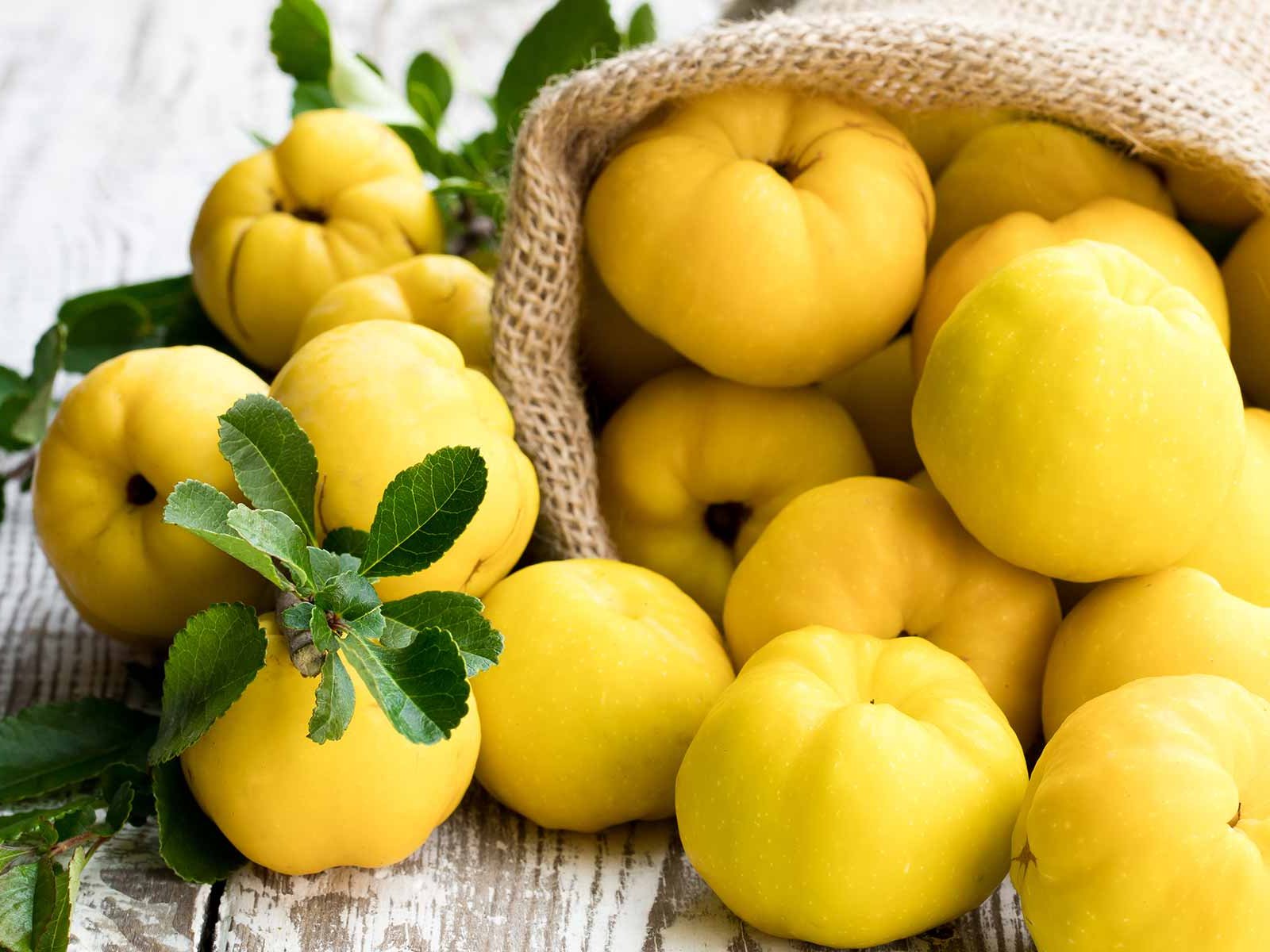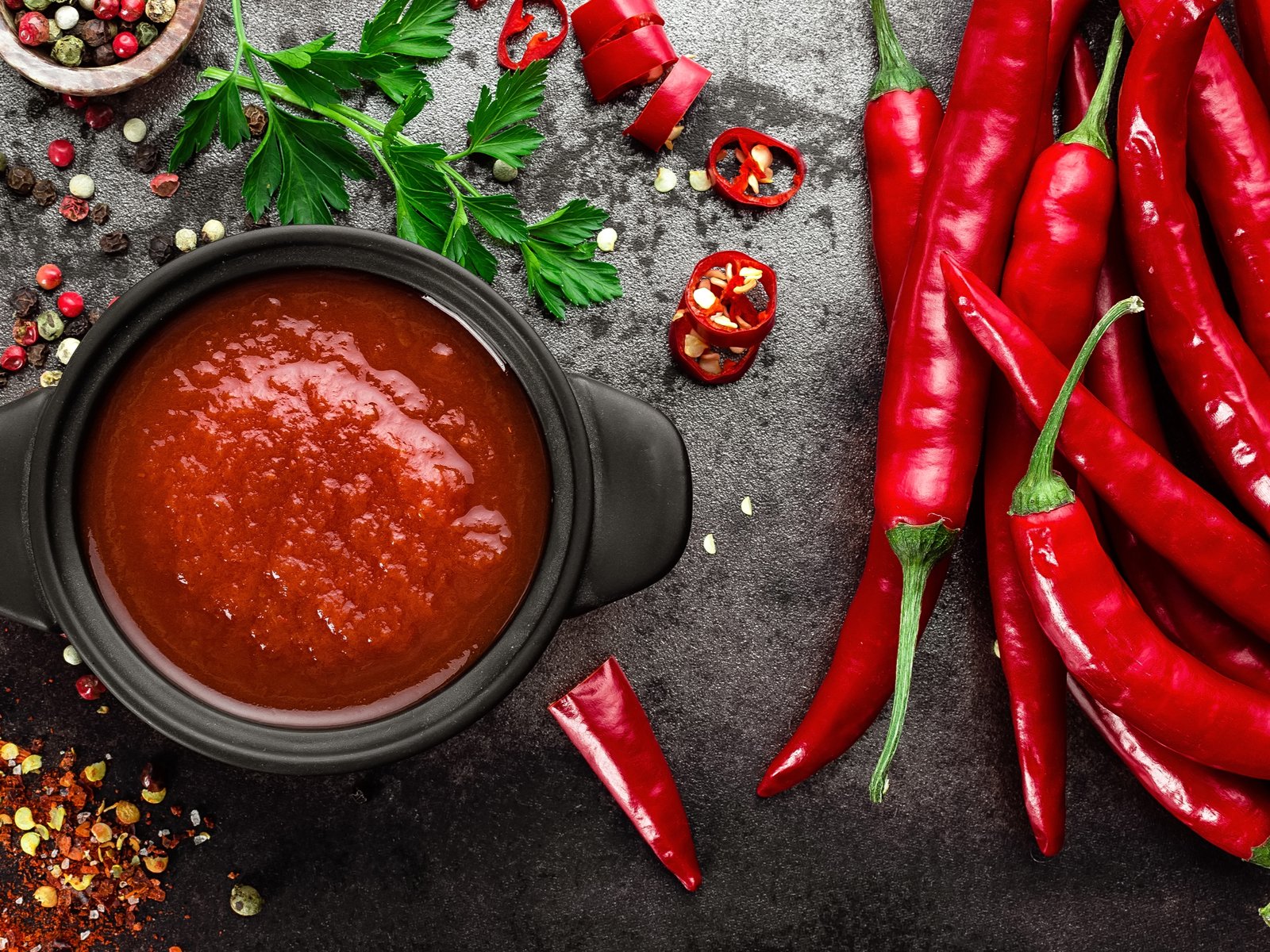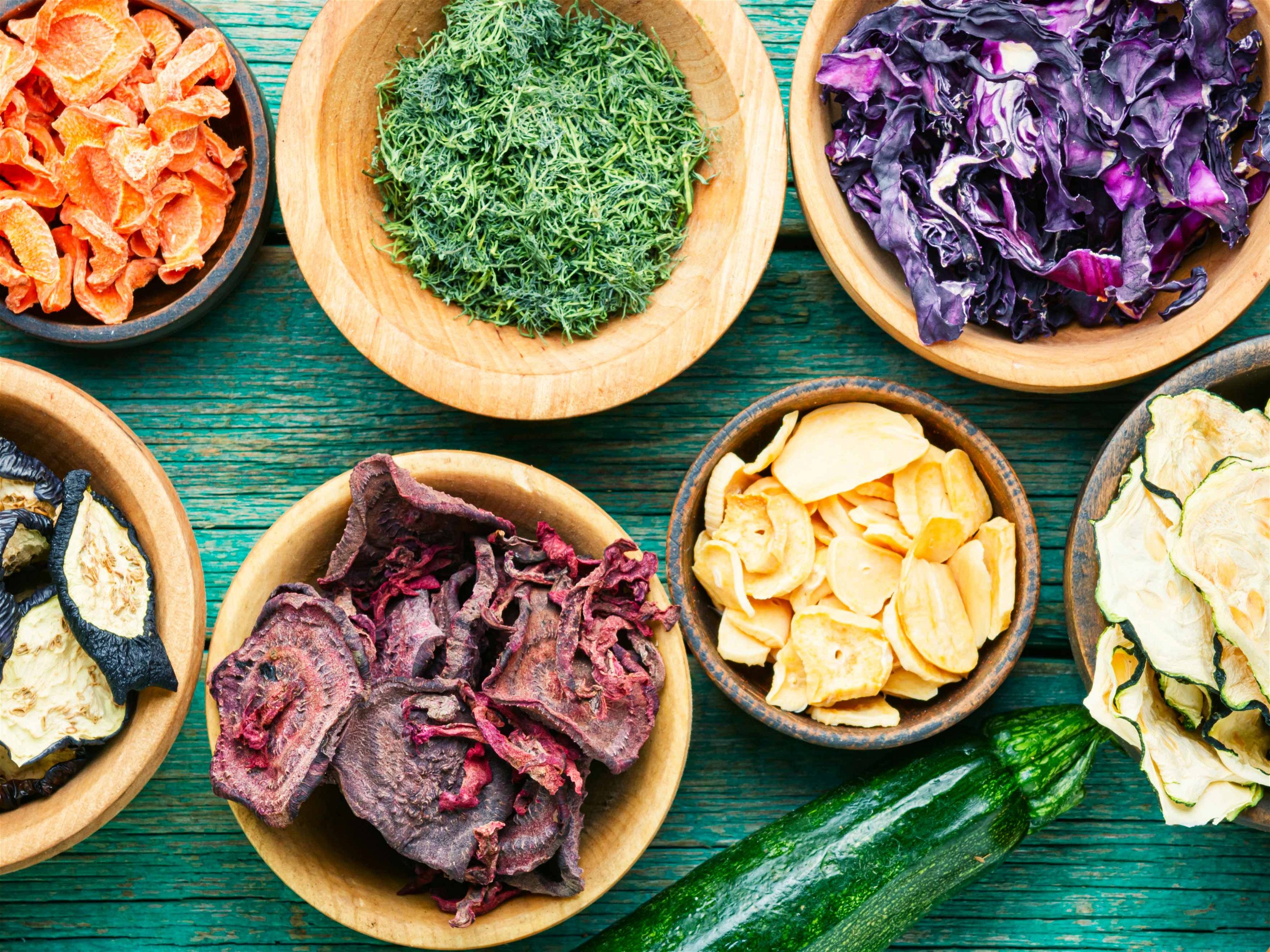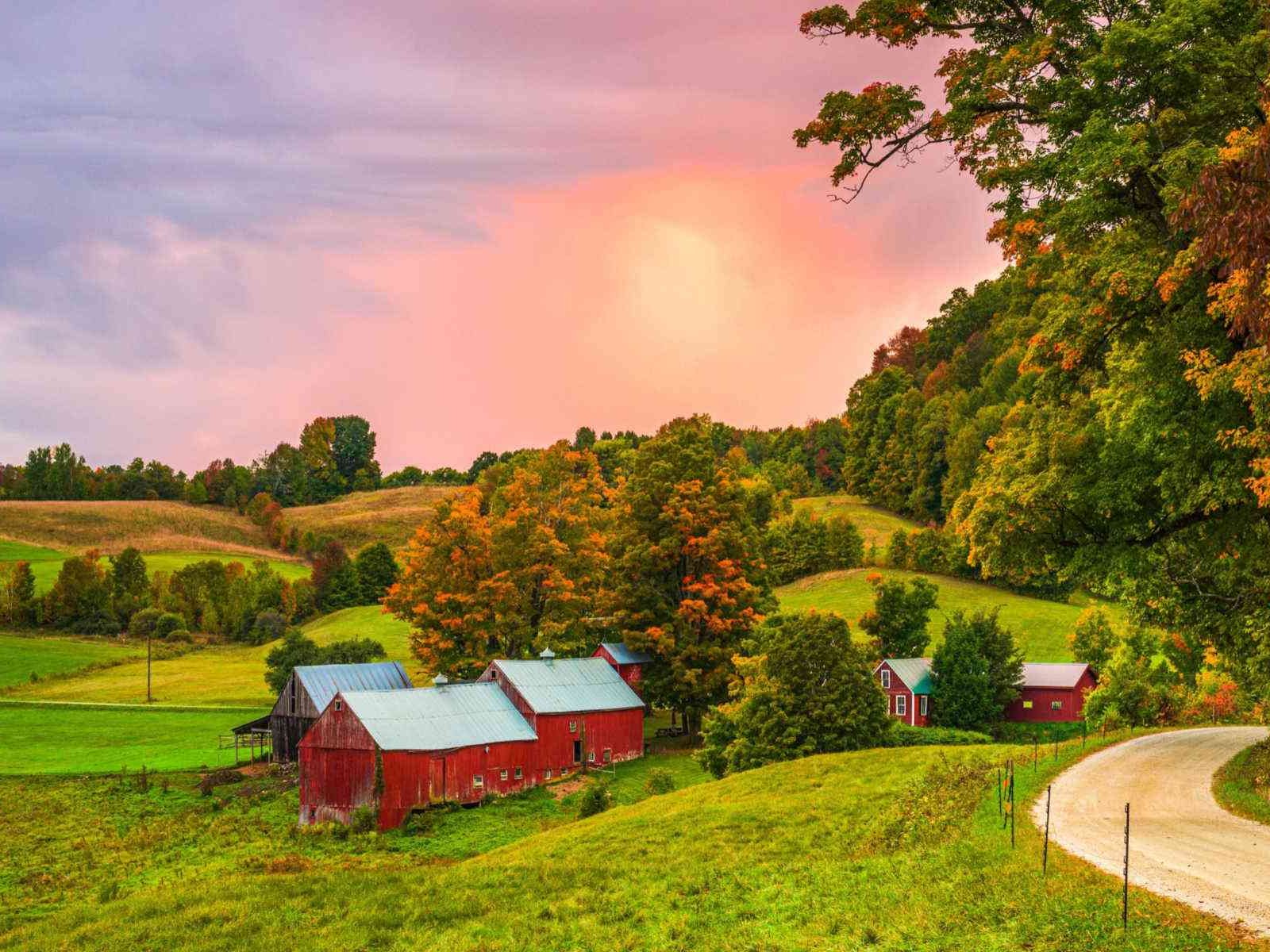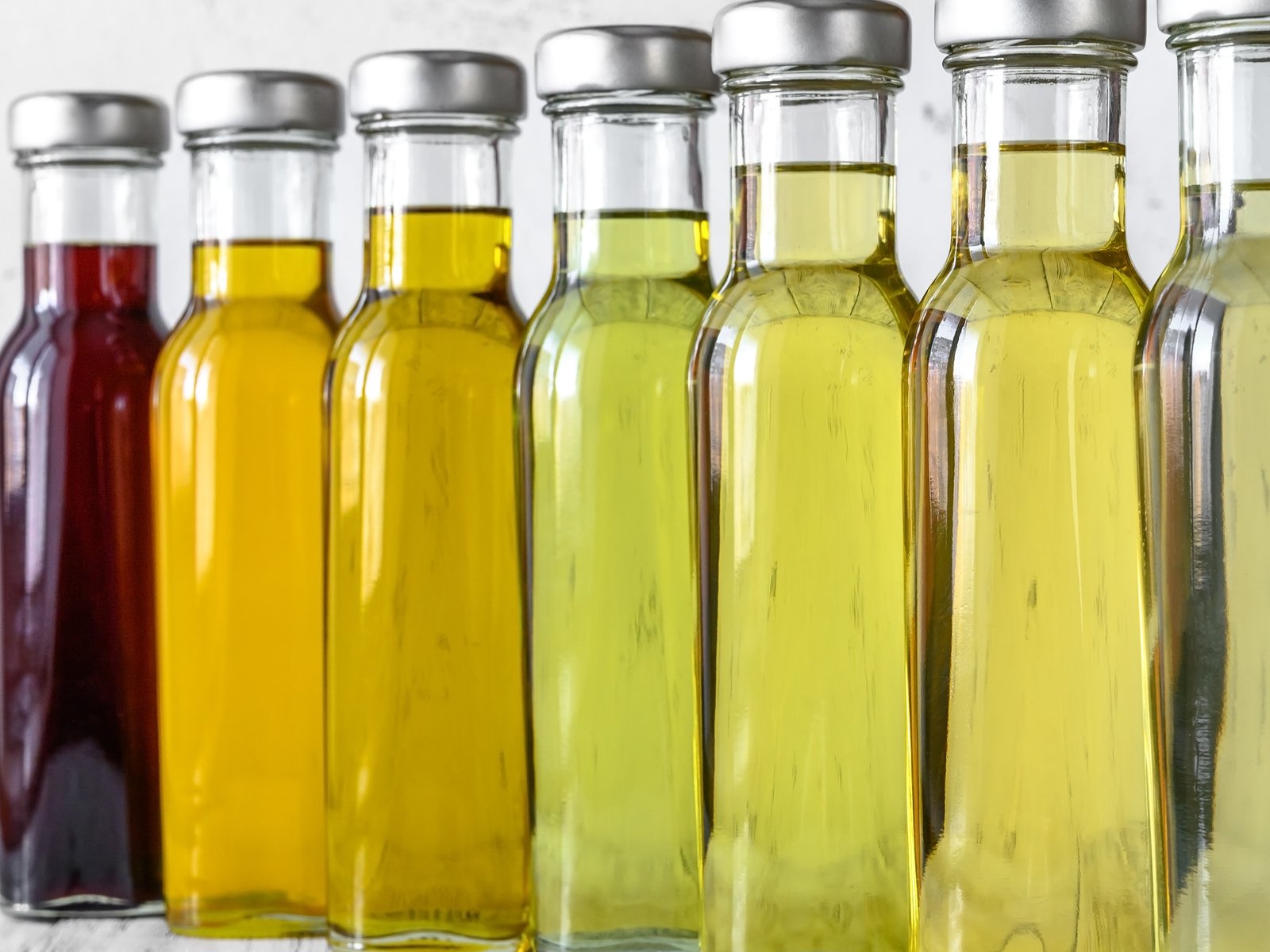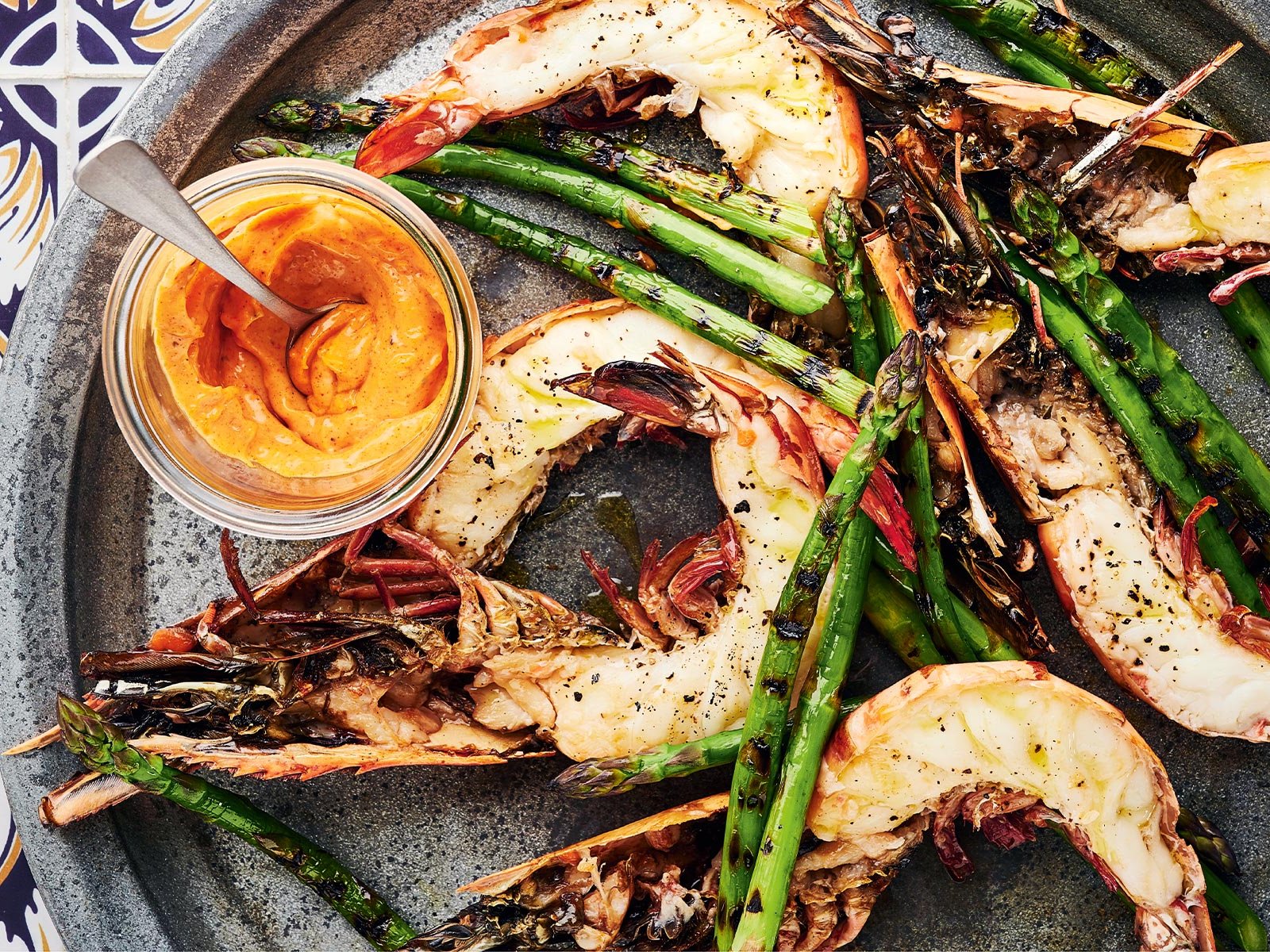The Best Honey Varieties for Toast, Tea & More
Honey has long been prized both as a natural sweet treat and for its health benefits. Here are 5 that will get your tastebuds buzzing.
Have you ever considered how much of the character of your honey jar varies according to local flora? Here are five of the most distinctive honeys to savour, and the story behind them.
1. Honeydew
Unlike most honey, honeydew comes from plant sap rather than flower nectar. Insects such as aphids feed on this sap and then secrete sweet, nutrient-rich honeydew, which the bees either feed off directly or collect where it sticks to leaves and branches.
Pine trees are notably rich in sap, so honeydew production thrives on the pine-clad hillsides that cover much of Greece and Turkey. That resinous pine fragrance often translates distinctively into this powerfully flavoured honey, best shown off simply drizzled over yoghurt or bread in true Mediterranean style.
The beech forests of New Zealand’s South Island are another major production hub for honeydew, which captures that earthy scent so reminiscent of a woodland stroll. Although sweet, there’s typically a dark, bitter element to honeydew – or “forest” honey as it’s often called – that makes it a beautiful flavour for ice cream.
While all pure honey is seen to provide various health benefits, some studies claim that honeydew contains greater anti-bacterial properties than most floral, nectar derived varieties.
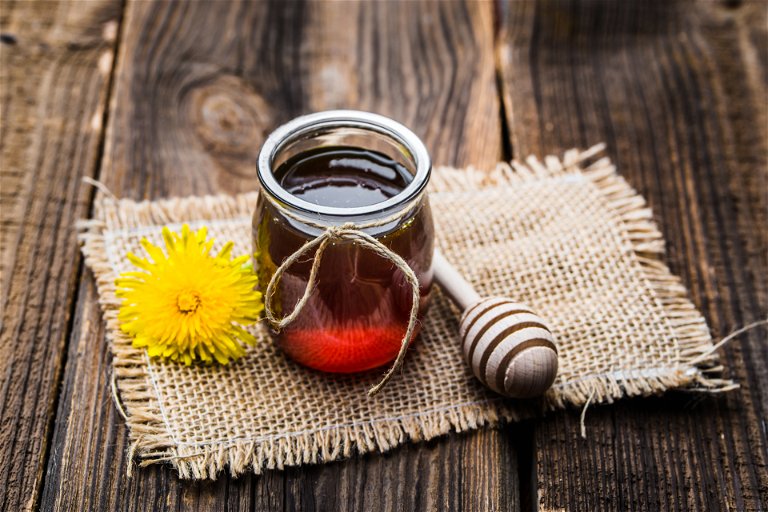
2. Fynbos
While many of the specialist honeys on this list derive their distinctive flavour from a focus on a single flower or plant species, fynbos honey takes the opposite approach. The fynbos, or “fine bush”, shrubland that blankets much of South Africa’s Western Cape is notoriously rich in diversity, including many plant species found nowhere else on earth.
That means the bees here don’t have to travel too far to feast on a cornucopia of different types of nectar. The nuances of fynbos honey will vary depending on the local plant mix, but expect a full flavoured, aromatic taste that transports you straight to the glorious Cape.
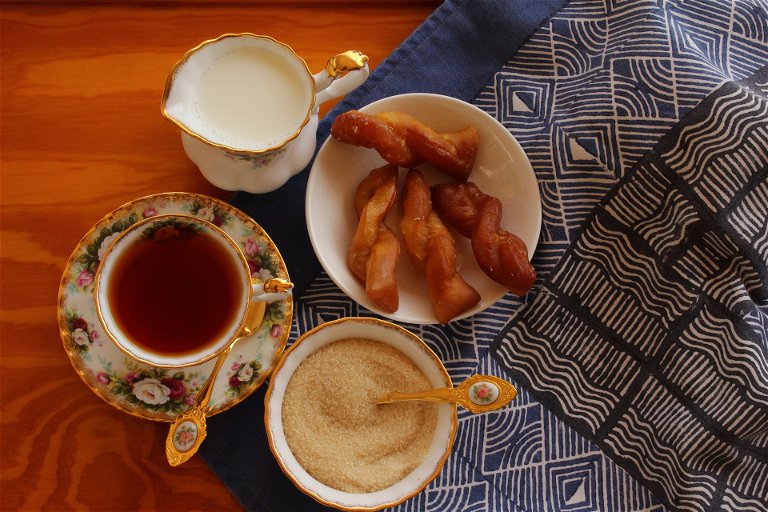
3. Urban
The recent proliferation of honey from hives in city locations represents part of a wider drive to highlight and improve the biodiversity that exists within the concrete jungle of urban life. Look carefully and you’ll see companies whose tower block roofs now host hives, apartment dwellers who have turned their balconies into a miniature riot of bee-friendly flowers and community apiaries that encourage city folk to engage more directly with nature.
Just as each city has its own character, so too does its honey. One producer that celebrates this is Berliner Honig, whose expressions include the “Hauptstadtlinde”, derived from the German city’s famous linden trees and capturing their heady, bright, lemony character.
In Sydney, Australia, a company called The Urban Beehive is just of several enterprises seeking to reverse the devastating effect on bee populations of the region’s recent bush fires. Choose your honey by city district, whether Inner East, Sydney North or Bondi. Then there’s London, home to around 35,000 acres of bee-friendly green parkland. The London Honey Co has captured this essence of the UK capital in both honey and honeycomb form. These in turn have been snapped up by the city’s upmarket food emporia including Fortnum & Mason and Selfridges.

4. Heather
In late summer the moorland habitats of northern Europe transform into a sea of purple as the heather flowers. Beekeepers rush to take advantage, transporting their hives to these wild regions that are too cold and windswept for many bees to volunteer for permanent residence. The resulting honey captures that sweet, wild, woody scent of the heather.
Scotland is a particularly enthusiastic producer, with its heather honey sitting alongside whisky and shortbread as a delightfully ubiquitous tourist shop staple. Take your culinary inspiration from the same source and stir the honey into a warming breakfast bowl of Scottish porridge.
As if that wasn’t healthy enough, recent research indicates that Scottish heather honey contains up to 10 times more manganese than other types, making it an excellent source of this vital mineral for good brain function and bone density.

5. Manuka
The honey with the best PR team. Manuka has built a reputation as the ultimate honey experience, an image that comes with eyewatering prices, inevitable counterfeit activity and even a long running trademark dispute between Australia and New Zealand over rights to the name.
This precious honey comes from the nectar of the manuka, or tea tree, native to both Australia and New Zealand, and long prized by the countries’ indigenous people for its medical as well as culinary properties. The organic compounds methylglyoxal (MGO) and leptosperin, which are linked to this honey’s anti-bacterial, anti-inflammatory and anti-viral claims, are key to manuka’s distinctive character. Indeed, much manuka honey is packaged more for the medicine cabinet than the larder.
While many of its touted medical benefits remain unproven, US authorities have approved manuka honey for use as a wound dressing.
Shifting into the field of cosmetics, reality TV star Kourtney Kardashian has promoted its skincare properties; meanwhile tennis champion Novak Djokovic swears by two spoonfuls of manuka each morning as part of his strict dietary regime.
Unsurprisingly given the product’s high value and lack of protective regulation, there is plenty of fake or diluted manuka out there on the shelves. One quality assurance scheme to look out for is New Zealand’s Unique Manuka Factor logo, which offers a grading system based on the levels of MGO and leptosperin present in each jar. And does it taste any good? Devotees praise manuka’s rich, sweet flavour tempered by more subtle herbal, earthy elements and a bitter finish.



